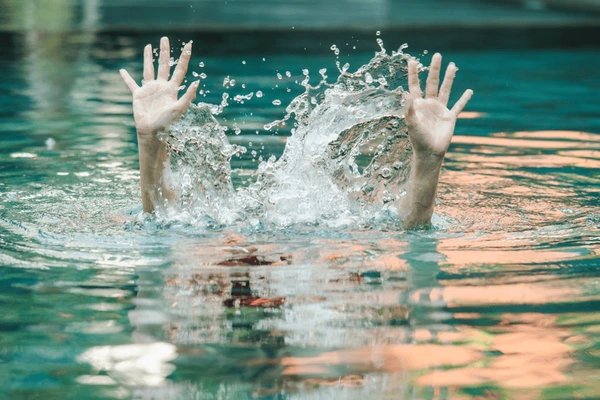Swimming is a favorite summer pastime for many kids. It’s fun, keeps them active, and gives them a chance to explore and play in the water. But with young swimmers, close supervision is critical. Sadly, many parents don’t fully recognize the potential dangers, and not keeping a constant eye on children near water can have devastating results. Whether it’s a public pool, a natural body of water, or even a backyard setup, a lapse in supervision can quickly escalate into a life-threatening emergency.
The Worst Outcome: Drowning
The most feared consequence for any parent is drowning. It can happen silently and within seconds—often with no splashing or yelling to signal trouble. The Centers for Disease Control and Prevention (CDC) lists drowning among the leading causes of death for children under 14.
There’s a common misconception that children in danger will cry out or wave their arms. In reality, many drowning victims make no sound at all. If a child is fighting to keep their head above water, they may be unable to call for help. In a crowded swimming area, even trained lifeguards may miss the signs. Just a brief moment of distraction from a parent can lead to irreversible tragedy.
Surviving Doesn’t Mean Safe: The Impact of Near-Drowning
When a child is rescued from submersion but survives, the event is called a near-drowning. While the child may live, the incident can still cause significant health issues. Oxygen deprivation can result in brain injuries, hypothermia, or respiratory problems due to inhaled water, such as pneumonia. In more serious cases, long-term memory loss, motor impairment, or cognitive delays may occur.
Psychological effects are also common. Children might develop intense fear or anxiety around water. Parents, on the other hand, often carry emotional trauma after realizing how close they came to losing their child.
Pool Dangers That Aren’t Obvious
Not every risk in or around the water is visible. Even with safety features in place, pools, beaches, and lakes can still pose hidden threats:
- Underwater currents or sudden drops: In deep pools or natural water sources, unexpected shifts in depth or current can disorient a child.
- Neglected pool maintenance: Damaged surfaces, broken drains, or faulty equipment can lead to injury or entrapment.
- Lack of barriers: At home, a child might wander into a pool area unnoticed if fences or gates are missing or unsecured.
- Chemical exposure: Poorly balanced pool chemicals can irritate skin, damage eyes, or cause breathing problems—especially when children are unsupervised.
Open Water Comes With Its Own Set of Hazards
While pools have their risks, natural water bodies often pose greater threats. Parents might feel more relaxed outdoors, but open water demands even more caution.
- Strong currents or tides: These can drag swimmers—especially children—out of their depth quickly. Kids usually don’t have the strength or skills to resist them.
- Contaminated water: Swallowing untreated water can lead to stomach bugs or infections.
- Aquatic animals: In some places, jellyfish, fish, or other sea creatures can be dangerous if children aren’t aware or prepared.
Supervision Means Awareness and Readiness
Watching children near water involves more than just being close by. It requires full attention and readiness to intervene immediately if needed. Here are some key habits to follow:
- Assign a water watcher: When in a group, designate one adult to monitor the kids in the water—without distractions.
- Learn CPR and first aid: This knowledge can be life-saving, especially for parents of toddlers or non-swimmers.
- Start water safety education early: Even young kids can learn how to float, swim to the edge, or call for help.
- Use life jackets properly: Non-swimmers or beginners should wear life vests that fit correctly.
- Avoid distractions: Phone calls, books, and socializing should wait. Full attention must be on the child whenever they’re near water.

Tinggalkan Balasan